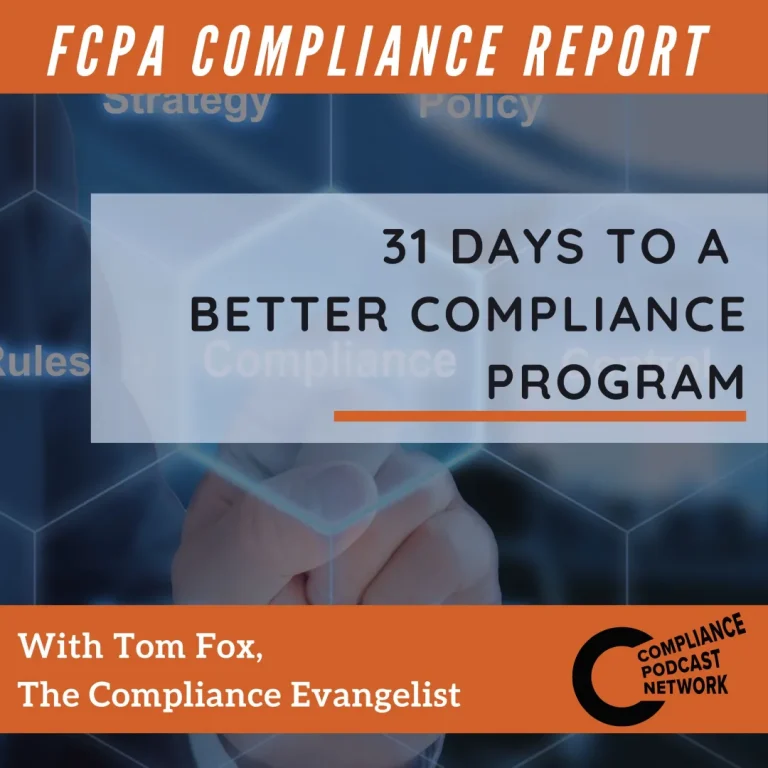Chief Compliance Officers (CCOs) are increasingly turning to data analytics programs to enhance their compliance efforts. These programs leverage the power of data to identify risks, monitor activities, and detect potential compliance violations. There are several key factors that impact the success of building out data analytics programs. One crucial aspect is the need to define the risks that organizations want to monitor. By identifying the specific risks, compliance officers can focus their data analytics efforts on gathering relevant data and analyzing it to gain insights into potential compliance issues. This process involves thinking innovatively and finding creative ways to capture data that may not be immediately obvious.
Building effective data analytics programs for compliance enhancement requires careful consideration of various factors. Compliance officers must define the risks they want to monitor, identify valuable data sources, and think innovatively to capture relevant data. Leveraging internal expertise and fostering collaboration between different departments is essential for successful implementation. By starting small and gradually expanding their capabilities, organizations can demonstrate their commitment to using data analytics and gain compliance expertise. Ultimately, these programs enable companies to enhance their compliance effectiveness and mitigate risks effectively.
Three key takeaways:
1. There are multiple factors in the design, creation, and implementation of a data-driven compliance program.
2. A data-driven approach will allow a shift of the focus from individual policy violations to identifying systemic issues.
3. Compliance officers should focus on how to begin and gradually build their capabilities.
Check out the month’s sponsor, KonaAI here.



